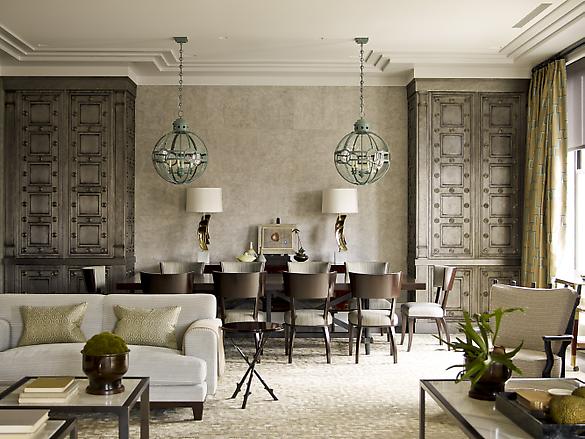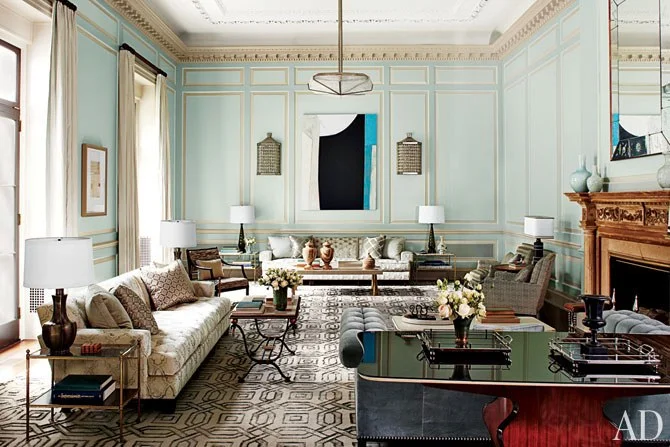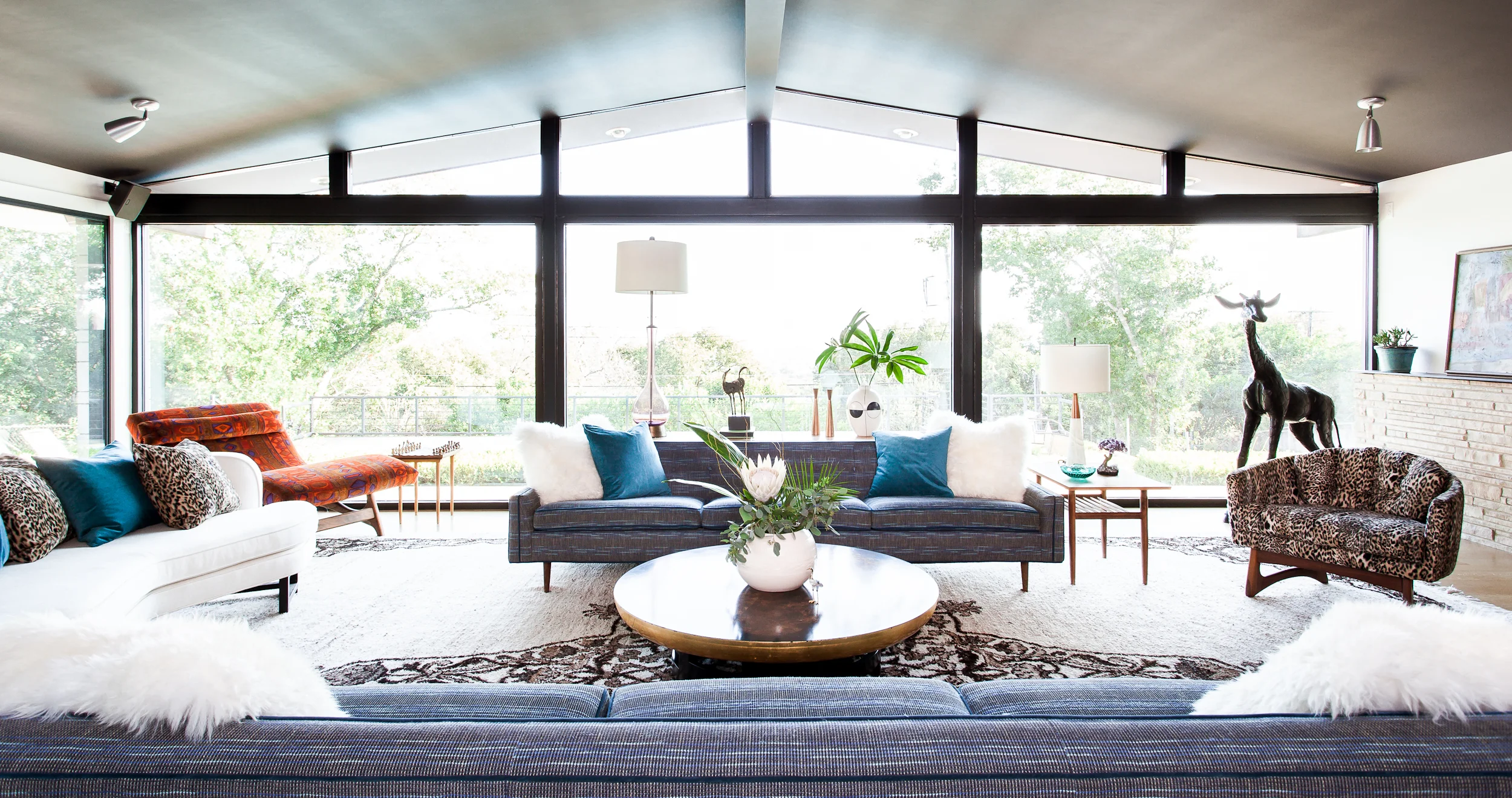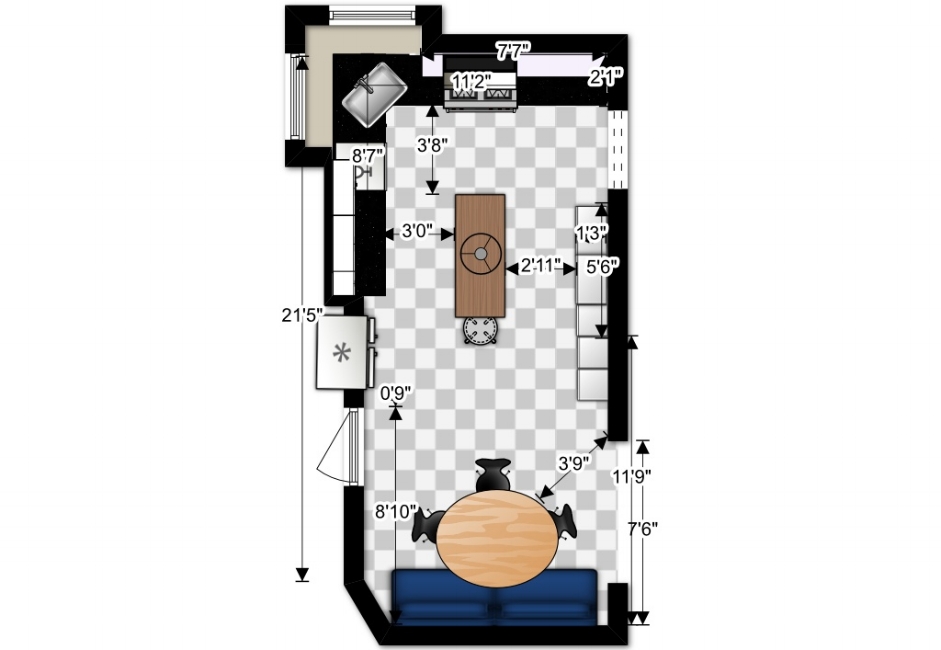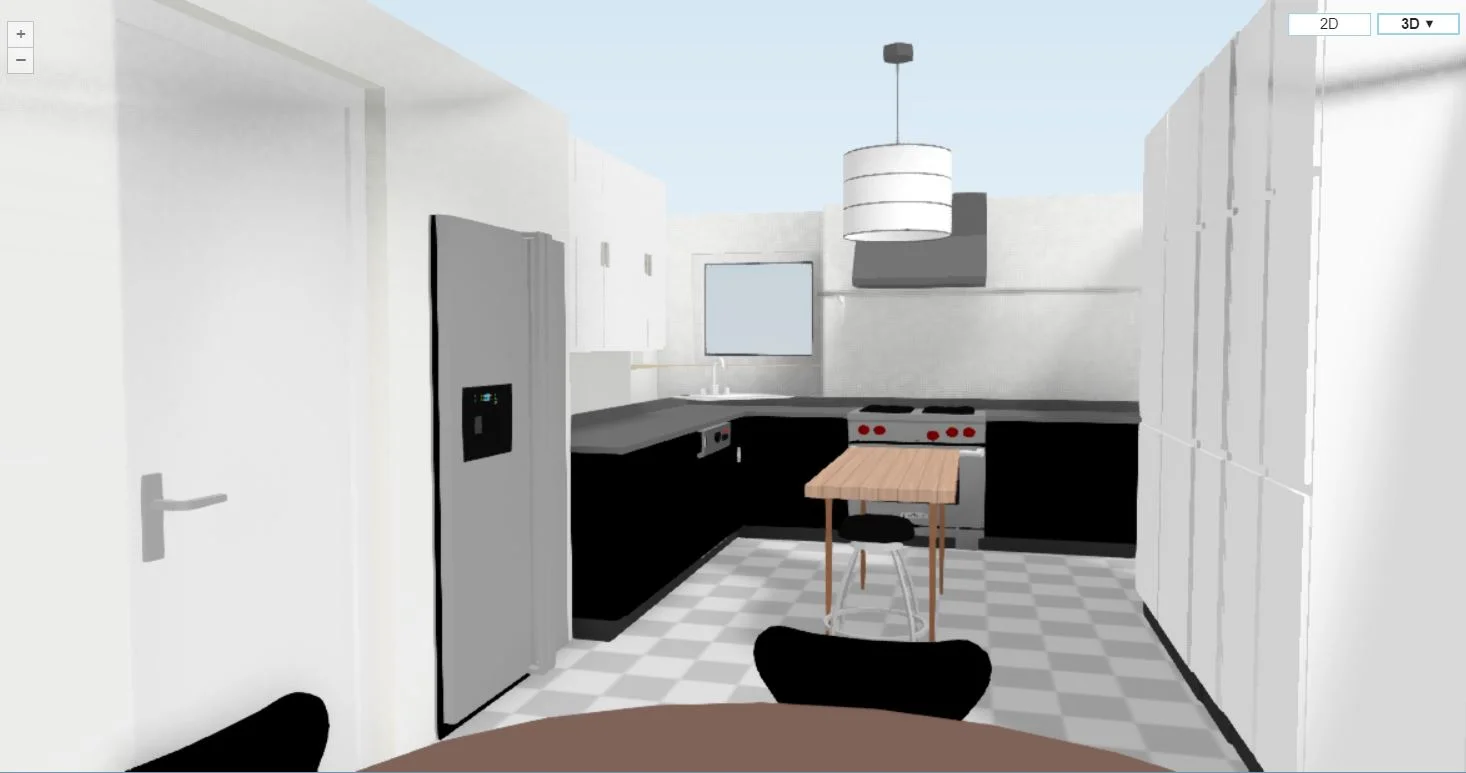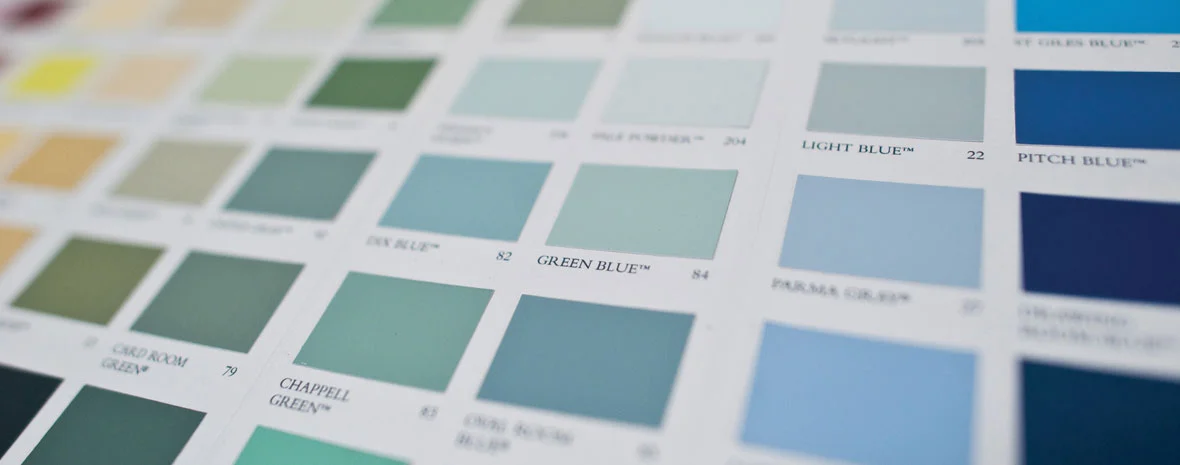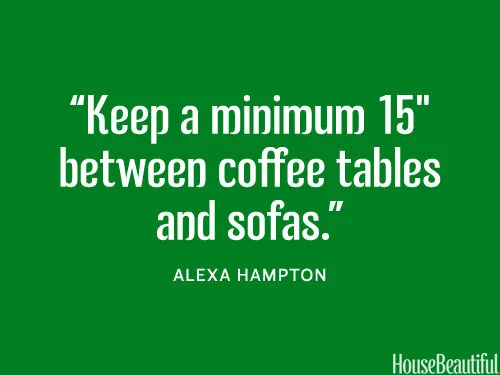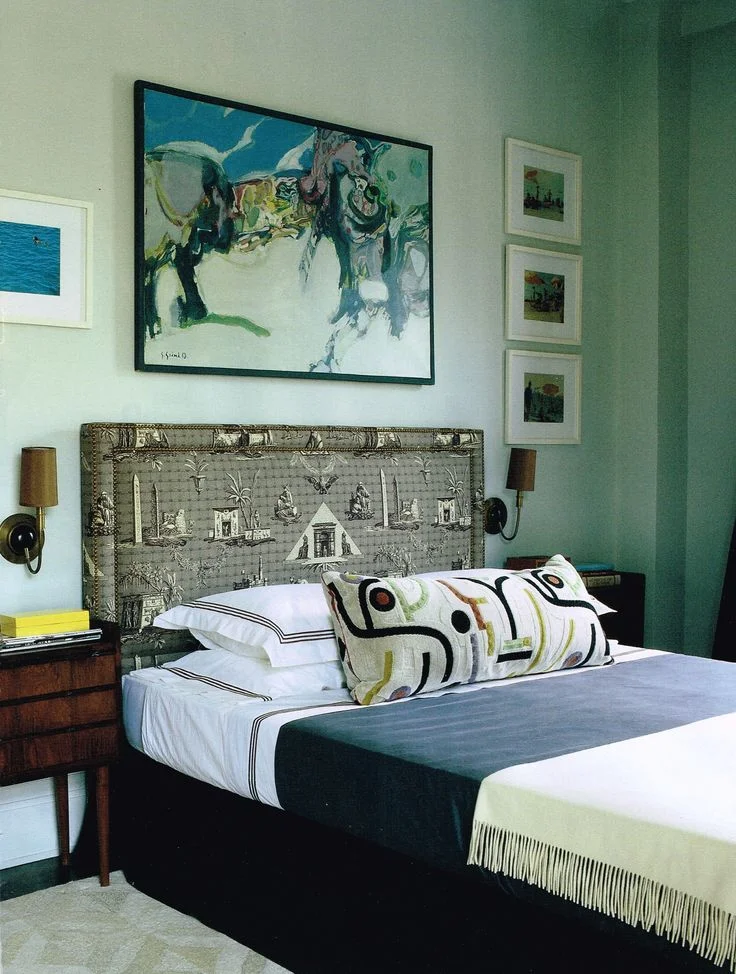I'm starting a new advice column. I'm not sure when I woke up and decided to crown myself queen of the design dispensary, but people often write and ask me questions about what I do and how to do it. So here I am, at your disposal.
Let me be clear, though. I can't help with your dating woes, or teach you how to train your dog or children or friends who disagree with your political beliefs. I have no idea what fad diet to starve on or even what is happening with the bachelor, but I may actually be able to help with your design crisis. Let's do this.
Dear Erin,
Should I paint my crown molding to match the ceiling or the walls?
Signed, Phil W.
Dear Phil, crown molding is kind of like eyeliner. Dudes can relate to that, right? Anyway, whether and what type of eyeliner works kind of depends on the rest of your face. Perhaps I should drop this metaphor and let Steven Gambrel school us. SG is exceptional with room scale and proportion, and his treatment of milwork has a lot to do with that success.
Here we have a fairly traditional paint application, in that the walls are one color and the molding and ceiling are another. Effectively this brings the room height down by making the walls appear shorter. Working the molding into the ceiling space also reduces some of its expanse.
For this enormous ballroom sized space (check furnishings for scale), he painted the trim a different shade than either wall or ceiling. This makes the super tall walls feel less imposing by adding another horizontal line. It still draws the eye up, but makes both top and bottom halves shorter. Kind of like a belt. Apparently I should run a fashion blog.
For a more average ceiling height, he painted all trim in the same shade as the wall. This gives the impression of a lifted ceiling by creating a continuous line to the highest point. Glossy paint on the ceiling adds bounce.
And finally, in a very low ceilinged space he went all in with the color. A complete monochromatic treatment gives no break between wall and ceiling, tricking the eye into thinking a basketball player could actually stand upright in this room.
And so, Phil, as you can see there is no easy answer to your question. Like many things in life, application is completely contextual. Probably I did not solve your design crisis, but mayhaps I have given you the tools to solve it yourself.
You're welcome.
Do you have a design crisis? Drop me a line via the Contact Page and I'll see what I can do!
[All images courtesy Steven Gambrel]
